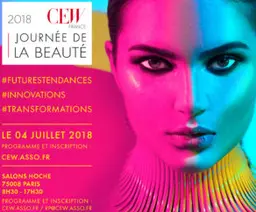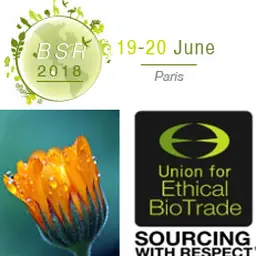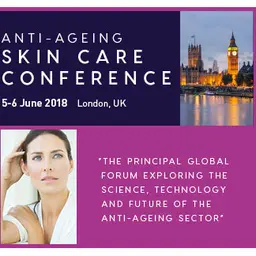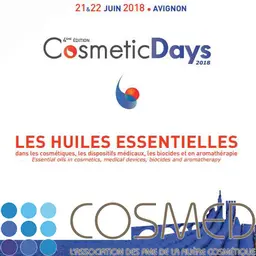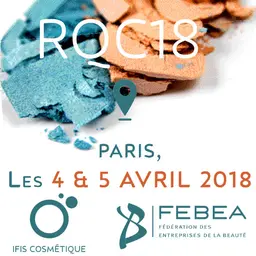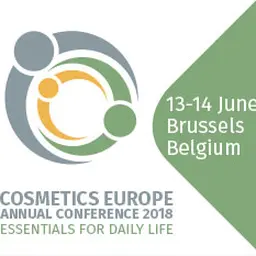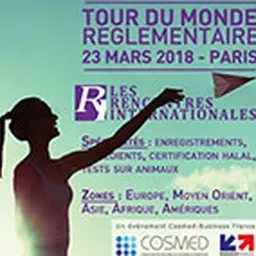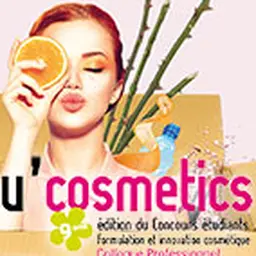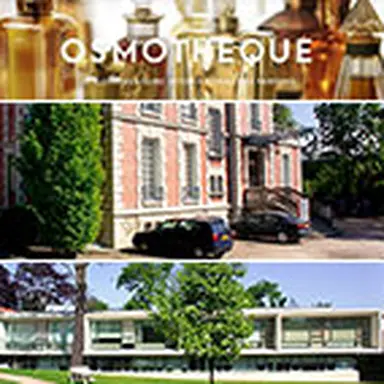
On Saturday 19 September 2015, on the occasion of the European Heritage Days, the Osmothèque, Conservatoire International des Parfums, opens its doors and collection. A collection unique in the world, a real heritage of perfumery, with nearly 3300 perfumes, 400 of which have disappeared from the commercial channels. Theme of the day: At the source of perfume.
During this day, a team of passionate perfumers will introduce the public to four essential natural raw materials: origin, extraction method, olfactory facets and their role in the greatest fragrance accords.
At the source of perfume
Patchouli Patchouli essential oil comes from a plant grown mainly in Indonesia. Patchouli arrived in perfumery laboratories in the middle of the 19th century. The importance of its use in perfumes has varied from period to period: very fashionable during the"hippie" period of the 1970s, it is now back in force in exclusive perfumery. - Perfumes presented Chypre-Coty (1917) ; Patchouli-Réminiscence (1970) ; Mystère-Rochas (1978) Angel-Mugler (1992) ; Patchouli Impérial-Dior (2011).
Bergamot Fruit of the bergamot tree, a tree of the Rutaceae family which grows curiously only in Calabria, the bergamot contains in its bark one of the essential oils most used in perfumery. It was the basis of the very first perfumes, the Cologne Waters, known since the end of the 17th century. - Perfumes presented Eau de Cologne de Napoléon à Sainte-Hélène (1820) Jicky-Guerlain (1889) Night of China-Les Parfums de Rosine (1913) Eau de Givenchy-Givenchy (1980) Eau de Campagne-Sisley (1975).
The rose The perfumers call her the queen of flowers. Discovered in our countries at the time of the return of the first crusaders, the rose is imposed like the major element of the palette of the creative perfumer. Generous by nature, rose releases an essential oil after distillation or a concrete that will become absolute if it is treated by solvent extraction. Two very different ingredients but which are at the heart of the greatest commercial successes. - Perfumes presented La Rose Jacqueminot-Coty (1904) ; Joy-Patou (1930) ; Nahéma-Guerlain (1979) ; Paris-Yves Saint Laurent (1983) ; Her Majesty La Rose- Serge Lutens (2000).
Vanilla Vanilla comes from the fruit of certain tropical orchids and comes in the form of pods. Its cultivation requires long and meticulous care, which makes it, by weight, one of the most expensive agricultural products in the world. Used in perfumes, it has an aphrodisiac power. Some perfumers have dedicated their lives to working around the oriental accord of which vanilla is the centerpiece. - Perfumes presented: Ambre Antique-Coty (1904) ; Un Air Embaumé-Rigaud (1912) ; Emeraude-Coty (1921) ; Eau d'Ambre-L'Artisan Parfumeur (1980) ; Casmir-Chopard (1991).
On the public agenda
- 4 rooms with mini olfactory conferences per theme (rose, vanilla, bergamot, patchouli) - 1 discovery room for raw materials (natural and synthetic molecules) - Projection of old advertisements in the showroom of the Osmothèque - Visit of the cellar (3,200 perfumes in the cellars) in small groups - Exclusive meetings with perfumers who will reveal their extraordinary profession
Free and free entrance
,
without registration
Saturday, September 19, 2015 from 10:00 am to 5:30 pm
At the Osmothèque, 36 rue du Parc de Clagny, in Versailles
For more on this subject - See the L'Osmothèque website .

